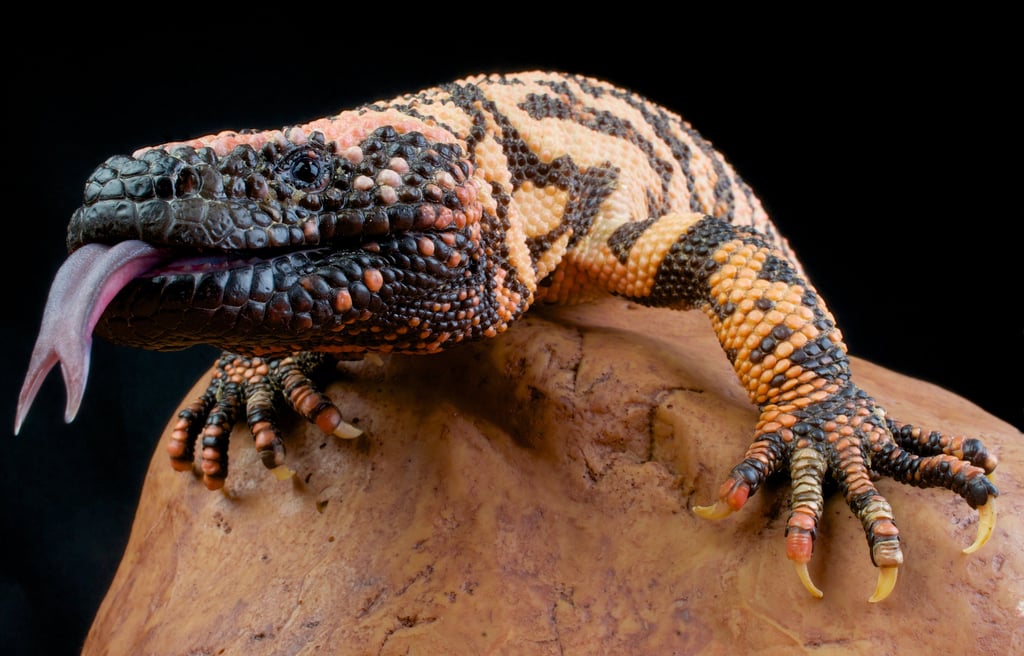Gila monster
1/25/20252 min read


Once upon a time in the sun-scorched deserts of the American Southwest, there lived a mysterious creature that seemed to have little to do with human life. The Gila monster, a slow-moving, venomous lizard with striking black-and-orange patterns, spent most of its days hidden under rocks or in burrows, venturing out only to feed on the rare occasions it needed nourishment. Little did anyone know that this ancient reptile held the key to tackling one of humanity's most pressing health crises: obesity.
For centuries, the Gila monster remained a creature of myth and legend. Early settlers believed its bite to be deadly, though in truth, it rarely posed a threat to humans. It seemed to lumber through life, eating sparingly yet thriving in the harsh desert environment. Scientists were intrigued—how did this peculiar lizard manage to go for months without food while maintaining its energy levels and body functions?
The answer lay in its venom. In the 1990s, a group of curious researchers decided to study the Gila monster’s saliva, suspecting it might contain unique compounds with biological activity. To their astonishment, they discovered a peptide called exendin-4 a molecule strikingly similar to GLP-1 (glucagon-like peptide-1), a hormone in humans that regulates blood sugar and appetite. Unlike human GLP-1, which breaks down quickly in the body, exendin-4 was incredibly stable, lasting long enough to exert its effects.
When researchers injected exendin-4 into animal models, the results were extraordinary. It not only helped regulate blood sugar but also slowed gastric emptying, reduced hunger, and promoted weight loss. It was as though the Gila monster, in its quiet desert home, had been guarding a metabolic secret that humans desperately needed.
This discovery set off a flurry of activity in the pharmaceutical world. Exendin-4 was developed into the drug exenatide, marketed as Byetta, initially to treat type 2 diabetes. However, doctors soon noticed something remarkable: patients taking Byetta were not only improving their blood sugar control—they were losing weight. It seemed the Gila monster’s gift went beyond controlling diabetes; it was helping people combat obesity.
Word of the "lizard venom cure" spread like wildfire, captivating scientists and the public alike. Over the years, researchers refined and expanded on the concept, developing newer GLP-1 receptor agonists like liraglutide and semaglutide, which delivered even greater benefits. These drugs, now used worldwide, are helping millions of people shed excess pounds and reduce their risk of obesity-related illnesses like heart disease and cancer.
And yet, the Gila monster remains in its desert home, blissfully unaware of its contribution to human health. It continues its quiet, unhurried existence, a living symbol of nature’s hidden wisdom. Who could have imagined that such a humble creature, often misunderstood and feared, would one day revolutionize the fight against obesity?
In the end, the Gila monster reminds us of an important lesson: the answers to some of our greatest challenges can be found in the most unexpected places. Sometimes, all it takes is a curious mind and a willingness to look closely at the world around us to uncover miracles waiting to be discovered.
2041 East St PMB 1198 Concord, CA 94520
Email: info@oparinhealth.com
WhatsApp: https://wa.me/15109071378
Instagram: https://ig.me/m/oparinhealth
Telegram: https://t.me/oparinhealth

